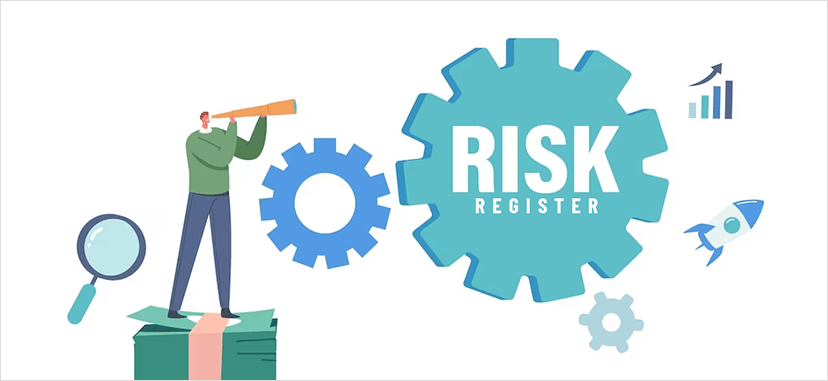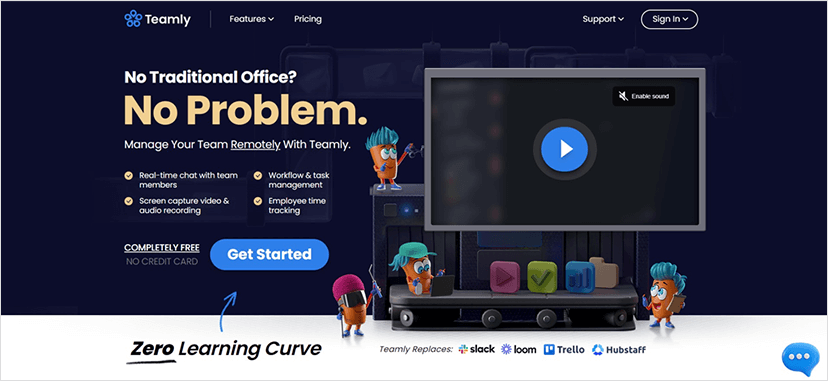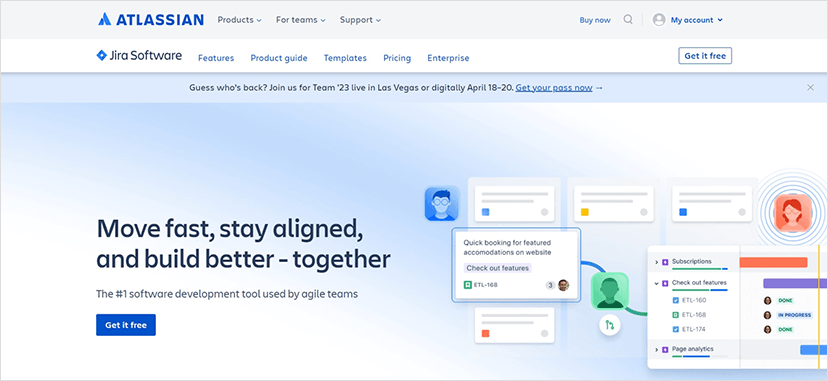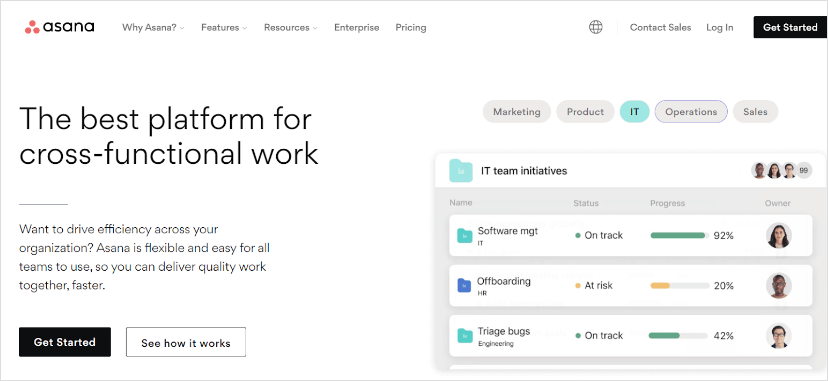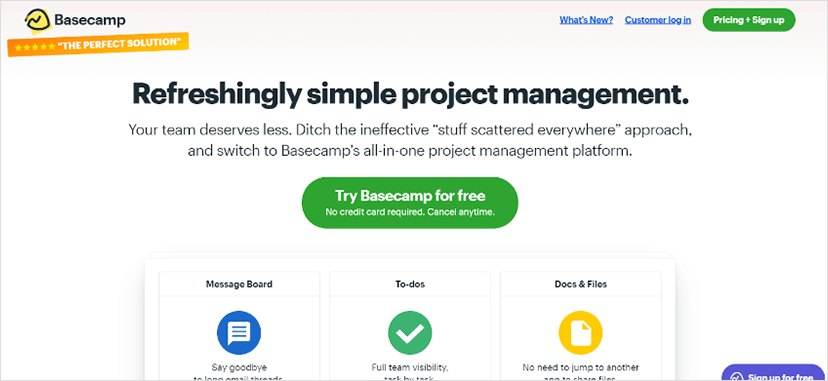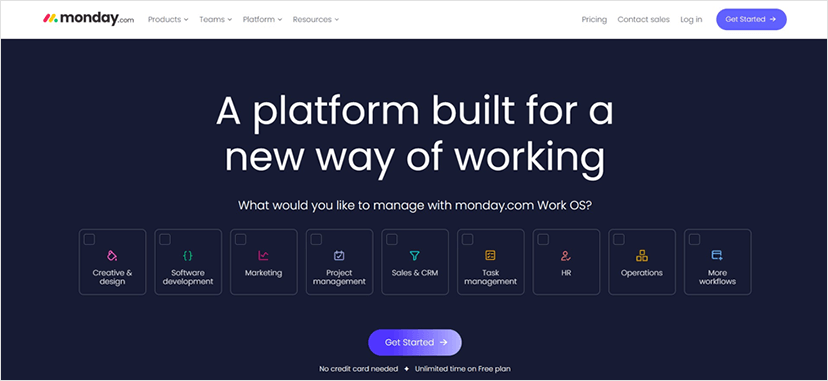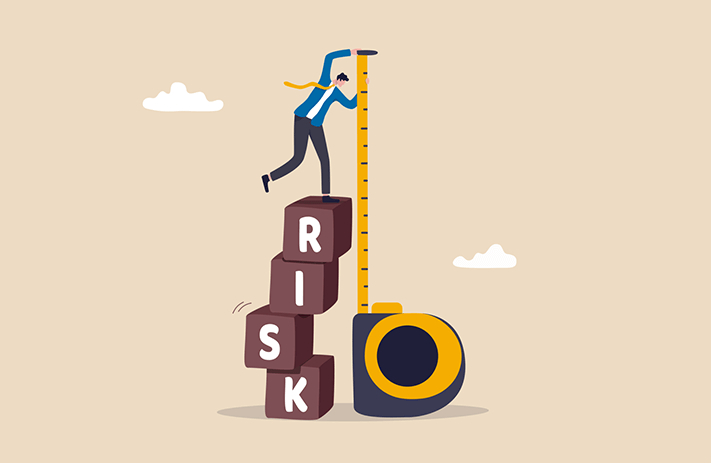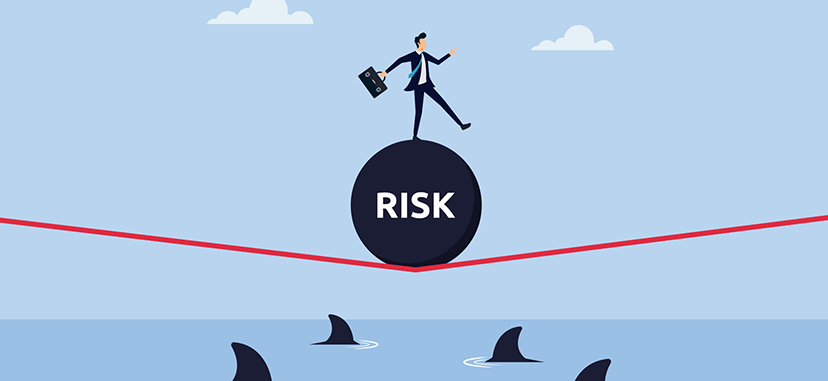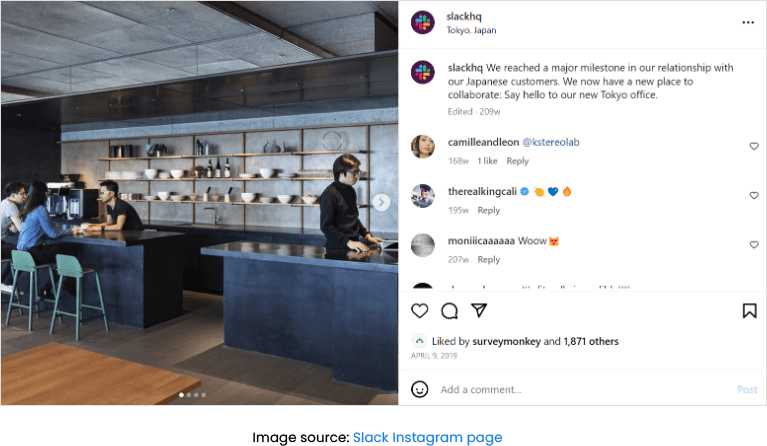Differentiated marketing is a strategy that focuses on creating and promoting unique offerings tailored to the specific needs and wants of different target market segments.
Essentially, this approach allows businesses to address the diverse demands of their customers and deliver more value through personalized solutions.
Now, you might wonder why differentiated marketing is such a big deal.
Well, the competition is fierce, standing out from the crowd isn’t easy, and another company is always ready to pick up your potential customers.
Zeroing in on specific market segments and catering to their unique requirements helps companies to forge stronger customer relationships, boost satisfaction, and ultimately increase their market share and revenue.
Plus, differentiated marketing helps businesses allocate their resources wisely and focus on the most promising segments, leading to better returns on investment.
In this article, we will dive into the exciting world of differentiated marketing and explore its significance for businesses of all sizes, from solo entrepreneurs to Fortune 500 companies.

The Difference Between Differentiated Marketing and Undifferentiated Marketing
Before we dive deeper into differentiated marketing, let’s quickly compare it to undifferentiated marketing to help you grasp the key differences between the two.
Undifferentiated marketing, or mass marketing, is an approach where a company targets the entire market with a single, uniform marketing strategy. The idea here is to appeal to as many people as possible with a one-size-fits-all approach. While this strategy can be cost-effective, it often falls short of addressing individual preferences and needs.
On the other hand, differentiated marketing is all about recognizing and embracing the differences among various market segments. By developing separate marketing strategies tailored to each segment’s unique characteristics, companies can deliver a more personalized experience, which often translates into higher customer satisfaction and loyalty.
What is a differentiated marketing strategy?
Now that we’ve distinguished differentiated marketing from undifferentiated marketing, let’s explore how it actually works
.
Differentiated marketing consists of a few key steps:
- Market segmentation: The first step is to divide the market into distinct segments based on shared characteristics, such as demographics, psychographics, geographic location, or customer needs.
- Targeting: Once the market is segmented, the next step is to select the segments that your company wants to target. These segments should align with your business objectives, resources, and marketing strategy.
- Customizing the marketing mix: After identifying the target segments, it’s time to develop a unique marketing mix for each segment. The marketing mix refers to the combination of product, price, place, and promotion elements a company uses to reach its customers.
- Implementing and monitoring: Finally, executing the tailored marketing strategies and monitoring their performance is essential. This step allows companies to analyze the effectiveness of their differentiated marketing efforts and make adjustments as needed to ensure continuous improvement and success.
Differentiated marketing is well-suited for businesses operating in diverse markets or with a varied customer base with distinct needs and preferences. It is especially valuable for SaaS companies, where the competition is fierce, and personalization can be a major differentiator.

Benefits of Creating a Differentiated Marketing Strategy
Adopting a differentiated marketing strategy can lead to numerous benefits enabling you to stand out in a competitive landscape and foster long-term success.
Here are some key advantages of embracing this approach:
Enhanced customer satisfaction
By tailoring your marketing efforts to address each target segment’s unique needs and preferences, you can deliver a more personalized and relevant experience to your customers.
As a result, customer satisfaction levels are likely to rise, leading to increased loyalty and positive word-of-mouth referrals.
Improved market segmentation
Differentiated marketing requires a deep understanding of your target market and its various segments. Through segmentation and targeting, you’ll gain valuable insights into your customer base’s unique characteristics, needs, and preferences.
Improved market segmentation allows you to identify untapped opportunities and gaps in the market, providing a competitive edge.
Increased market share and revenue
By focusing on specific market segments and tailoring your marketing strategies accordingly, you can attract a larger share of customers within those segments.
This targeted approach often results in higher conversion rates. Your marketing efforts are more relevant and appealing to the audience.
Consequently, your market share and revenue are likely to increase, contributing to the company’s overall growth.
More efficient resource allocation
Differentiated marketing enables you to prioritize your marketing resources and efforts based on the potential value and profitability of each segment.
This strategic allocation of resources also allows you to invest in areas that will significantly impact your business, such as product development, customer service, or sales.
Better brand positioning
A well-executed differentiated marketing strategy helps your company establish a strong brand identity that appeals to various target segments.
This enhanced brand positioning can lead to increased brand recognition, customer trust, and long-term loyalty, all of which contribute to conversion and retention rates.

Examples of Differentiated Marketing in Action
Let’s explore some examples of differentiated marketing strategies for a shoewear brand, a coffee company, and an online consultancy firm:
Shoewear Brand
A shoewear brand could use differentiated marketing to target various customer segments based on factors like age, gender, lifestyle, and specific shoe preferences.
Examples of targeted marketing efforts for different segments could include:
- Athletic shoes: Target fitness enthusiasts and athletes with specialized shoes designed for various sports and activities, such as running, basketball, or cross-training. Marketing campaigns could emphasize performance, comfort, and durability while leveraging endorsements from well-known athletes or influencers in the fitness community.
- Casual shoes: Focusing on style-conscious individuals who value comfort and aesthetics, offering fashionable yet comfortable everyday shoes for different occasions. Marketing efforts might involve collaborations with popular fashion influencers, highlighting the latest trends, and showcasing versatile shoe styles that complement various outfits.
- Eco-friendly shoes: Catering to environmentally conscious consumers by offering sustainable and ethically produced footwear made from eco-friendly materials. Marketing campaigns could emphasize the brand’s commitment to sustainability, highlight the environmental benefits of the shoes, and showcase customer testimonials from those who value eco-conscious products.
Coffee Company
A coffee company could segment its market based on taste preferences, brewing methods, and ethical concerns.
Examples of targeted marketing efforts for different segments include:
- Specialty coffee: Targeting coffee connoisseurs who appreciate high-quality, single-origin beans with unique flavor profiles. Marketing campaigns could focus on the beans’ origins, the roasting process, and expert recommendations on brewing methods to bring out the best flavors.
- Ready-to-drink coffee: Focusing on busy individuals who value convenience, offering a range of pre-packaged, ready-to-drink coffee beverages in various flavors. Marketing efforts could emphasize the ease of consumption and the variety of flavors available and showcase how the products fit into an on-the-go lifestyle.
- Fair Trade and Organic coffee: Catering to environmentally and socially conscious consumers by offering a selection of Fair Trade and Organic certified coffee beans. Marketing campaigns could highlight the brand’s commitment to ethical sourcing, support for small-scale farmers, and the environmental benefits of organic farming practices.
Online Consultancy Firm
An online consultancy firm could target different market segments based on industry, business size, and specific consulting needs. Examples of targeted marketing efforts for different segments include:
- Small businesses: Target small business owners who require guidance on topics like marketing, finance, and operations. Marketing campaigns could emphasize the firm’s expertise in helping small businesses grow, offer tailored solutions, and share success stories from satisfied small business clients.
- Tech startups: Focusing on innovative technology companies that need consulting services related to product development, funding, or scaling. Marketing efforts could showcase the firm’s industry-specific knowledge, experience with cutting-edge technologies, and connections to investors and other key players in the tech ecosystem.
- Non-profit organizations: Catering to non-profit organizations that require consulting services on fundraising, grant writing, and strategic planning. Marketing campaigns could emphasize the firm’s commitment to social impact, expertise in non-profit management, and success stories from non-profit clients that have achieved their goals with the firm’s support.

Tailoring Your Marketing Mix for a Differentiated Strategy
A crucial aspect of differentiated marketing involves tailoring your marketing mix to cater to each target segment’s specific needs and preferences.
The marketing mix, often referred to as the 4 P’s of marketing, consists of the following elements:
- Product: The product element encompasses the features, design, quality, and overall value your offering provides to customers. In the context of differentiated marketing, it’s essential to customize your products or services to match the unique needs of each target segment.
- Price: Pricing plays a significant role in shaping customer perceptions and driving purchase decisions. When implementing a differentiated marketing strategy, it’s important to consider the distinct price sensitivity and willingness to pay of each target segment.
- Place: Place refers to the channels and platforms through which your product or service is distributed and made available to customers. In a differentiated marketing approach, you must select the most appropriate distribution channels for each segment, ensuring your offerings are easily accessible to your target customers.
- Promotion: Promotion encompasses all the communication strategies and tactics to inform, persuade, and remind customers about your products or services. In a differentiated marketing strategy, promotional efforts should be tailored to resonate with each segment’s interests, preferences, and motivations.
The 4 Ps should be altered to match your target segment.
For example, a lower-priced offering can be offered to those conscious of their budget, and the marketing should focus on highlighting the affordability and value-for-money aspects of the product. In this case, promotional efforts might emphasize cost savings, discounts, or bundle deals, appealing to the price-sensitive nature of this particular segment.
On the other hand, for a premium segment that values exclusivity and high-quality features, the product should be designed with superior materials or functionality, and pricing should reflect the premium nature of the offering.
The promotion strategy for this segment might concentrate on showcasing the unique benefits, exceptional quality, or luxurious experience associated with the product, using aspirational imagery and messaging to resonate with the target audience’s preferences.
Conclusion
Differentiated marketing is a powerful approach that can help businesses, especially SaaS companies, cater to their diverse customer base’s unique needs and preferences. By segmenting the market, targeting the most promising segments, and tailoring the marketing mix accordingly, companies can deliver a more personalized and satisfying customer experience.
As you embark on your differentiated marketing journey, remember to focus on understanding your target audience, customizing your marketing mix, and continuously monitoring and adjusting your efforts to achieve the best results.




